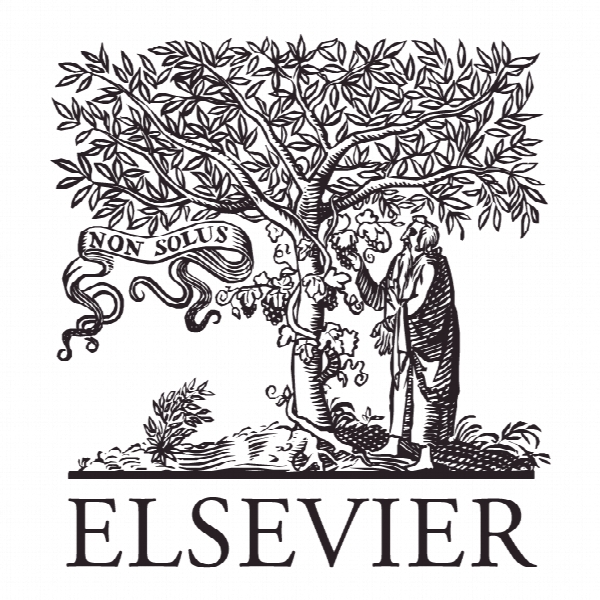انتخاب نمونه از طریق فاصله زاویه ای در فضای استدلال شبکه عصبی مصنوعی Sample selection via angular distance in the space of the arguments of an artificial neural network
- نوع فایل : کتاب
- زبان : انگلیسی
- ناشر : Elsevier
- چاپ و سال / کشور: 2018
توضیحات
رشته های مرتبط مهندسی فناوری اطلاعات
گرایش های مرتبط شبکه های کامپیوتری
مجله کامپیوترها و علوم زمین – Computers and Geosciences
دانشگاه Technology Center West coast – University of Kiel – Germany
شناسه دیجیتال – doi https://doi.org/10.1016/j.cageo.2018.02.003
منتشر شده در نشریه الزویر
کلمات کلیدی انگلیسی Sample selection, Artificial neural network, Data partitioning, Cross-validation, Early stopping, K-means
گرایش های مرتبط شبکه های کامپیوتری
مجله کامپیوترها و علوم زمین – Computers and Geosciences
دانشگاه Technology Center West coast – University of Kiel – Germany
شناسه دیجیتال – doi https://doi.org/10.1016/j.cageo.2018.02.003
منتشر شده در نشریه الزویر
کلمات کلیدی انگلیسی Sample selection, Artificial neural network, Data partitioning, Cross-validation, Early stopping, K-means
Description
1. Introduction Artificial neural networks are used for the prediction and reconstruction of time series of several types, specially in geosciences several applications are available, including the short or long term forecast of water levels in rivers (Bazartseren et al. (2003) and Fern´andez et al. (2010)), discharges in rivers (Tayyab et al. (2016), Krishna et al. (2011)), water temperature (Piotrowski et al. (2015)), in coastal areas (Bowles et al. (2012) and Fern´andez Jaramillo (2014)), wave forecast (Gopinath and Dwarakish (2015)), and for reconstruction of tidal records (Tirozzi et al., 2006). The effectiveness and relevance of the ANN compared with other linear methods like ARIMA (Box and Jenkins (1976)) is evident when the relation between the inputs and outputs is not linear (Wang et al. (2015)). In the case of the water level in natural areas, the influence of environmental conditions like wind, waves or local bathymetry are main causes of such non linearities (LonguetHiggins (1970) and Komen et al. (1996)). The process of training an ANN requires to present a set of samples to adjust the weights of the different neurons and their connection. The amount and quality of those samples will determine the computational effort required for the training and the capability to make a good generalization of the prediction (Macas et al. (2016)). If several samples are representing similar scenarios, not only it will require a longer time to determine the parameters of the artificial neural network but it could also lead to overtraining. In the case of water level predictions in coastal areas, low speed wind conditions are more frequent and prone to be measured than conditions with strong wind arriving from different directions. Samples representing heavy storms are even less frequent. Under low wind conditions the water level behaves more like astronomical tides. We proposed a simple method based in the angle formed by two vectors to filter the samples in order to reduce the size of the training set, while keeping the diversity and quality of the prediction.


